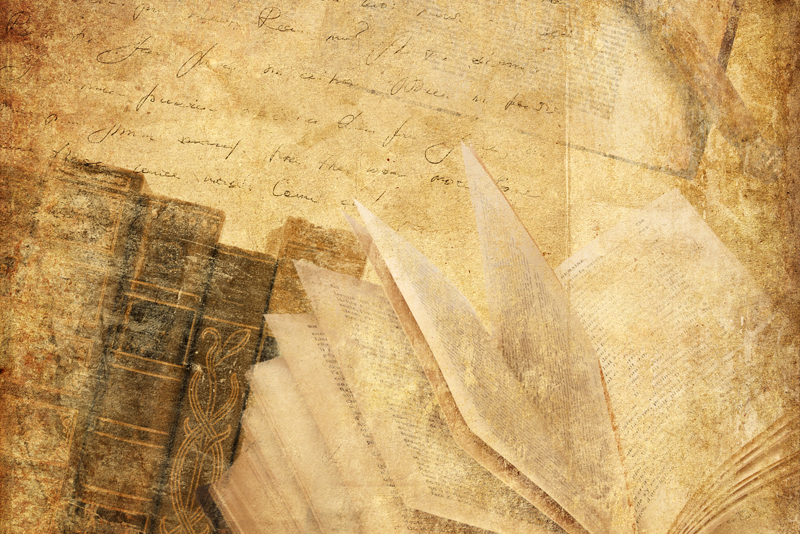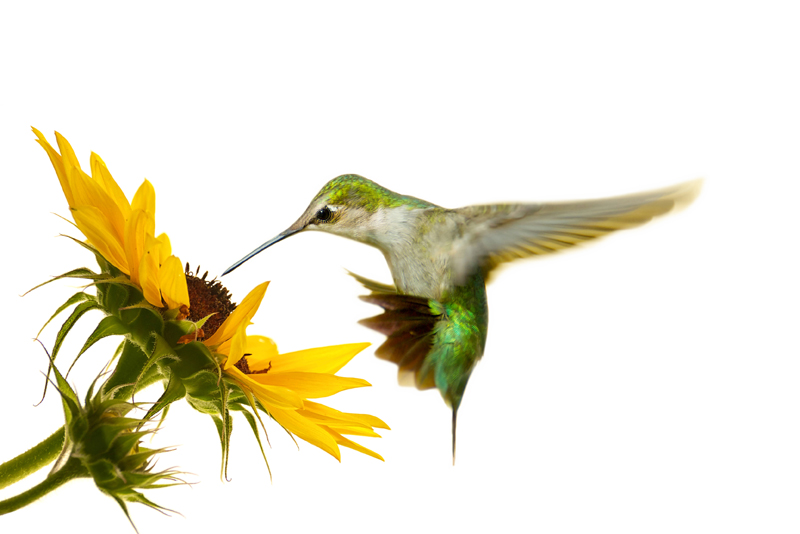Tips for Sewing Fabric Selvedges

Fabric selvedge edges do not fray or unravel, a sewing plus! The selvedges will contain the printed manufacturer’s identification and labeling and can be very colorful. Selvedge edges are parallel to the warp threads in woven fabric. The warp threads are those long threads first put in place on a loom before the crosswise weft threads are woven over and under through those long threads. Today, industry has several methods for finishing the side edges of fabric other than the over/under weft thread motions.
Traditionally fabric at the selvedge edge, recommended by pattern instructions, is cut off and discarded as it often has a tighter, denser weave than the main body of the fabric. If left attached and incorporated into a garment the edge may ripple and possibly distort the finished garment edge when laundered. Thrifty sewers have found imaginative ways to use cut off selvedge scraps.
Selvedges can be used as a structural component in place of traditional twill tape for stabilizing shoulder or any seam crossings that will experience a lot of stress, as colorful fabric ties, or even lengths of various selvedges can be stitched together to form their own sturdy fabric yardage and made into any number of useful and functional items. The mostly colorful selvedge edges can be combined and sewn together and used much like strips in string quilting.
Consider the following when using selvedges:
Launder the selvedges, dry and press flat. They may curl up somewhat however pressing will flatten them again.
Cut off any selvedges from fabric used in garment or quilting construction but leave at least a small amount of fabric past the selvedge. Cut various saved selvedges to roughly uniform lengths stitching them right-sides together in a narrow seam. Press seams open or all to one side if needed.
Iron-on interfacing cut as large as the finished sewn selvedge piece can be used on the wrong side for firmer support if necessary or sew the selvedges flat onto a foundation piece of fabric, for example muslin, butting the selvedge edges against each other or tuck each selvedge edge slightly under the previous selvedge to preserve as much of the finished selvedge edge as possible. Top stitch with clear nearly invisible monofilament thread to secure.
Drape long lengths of saved selvedges over a hanger for easy viewing. Shorter lengths can be stored in glass apothecary jars and make for great sewing room décor.
When making continuous lengths of strip binding, first sew the selvedges to a foundation piece of muslin or other light-weight fabric until a large square is formed. Using a quilting ruler or other straight edge, true up the edges of the square, then cut into lengths approximately 2 and 1/2 to 3 inches wide. Join the strips short end to short end after first placing a small square of fabric under the ends so they meet. Top stitch to secure. Continue sewing the ends until all are connected. Roll up jelly-roll fashion to store.
There are so many creative and imaginative uses for that once discarded bit of fabric edge - pincushions, hot pads, pot holders, re-covering a padded desk or sewing chair, children’s stuffed softies, change purse, makeup bag, quilt blocks, lengths of binding, mug mats can all be made of sewn-together selvedges and so much more. The adage, "waste not want not" is never more appropriate than applied to fabric selvedges.
Sewing with Selvedges found on Pinterest.com
Sew happy, sew inspired.
Traditionally fabric at the selvedge edge, recommended by pattern instructions, is cut off and discarded as it often has a tighter, denser weave than the main body of the fabric. If left attached and incorporated into a garment the edge may ripple and possibly distort the finished garment edge when laundered. Thrifty sewers have found imaginative ways to use cut off selvedge scraps.
Selvedges can be used as a structural component in place of traditional twill tape for stabilizing shoulder or any seam crossings that will experience a lot of stress, as colorful fabric ties, or even lengths of various selvedges can be stitched together to form their own sturdy fabric yardage and made into any number of useful and functional items. The mostly colorful selvedge edges can be combined and sewn together and used much like strips in string quilting.
Consider the following when using selvedges:
Launder the selvedges, dry and press flat. They may curl up somewhat however pressing will flatten them again.
Cut off any selvedges from fabric used in garment or quilting construction but leave at least a small amount of fabric past the selvedge. Cut various saved selvedges to roughly uniform lengths stitching them right-sides together in a narrow seam. Press seams open or all to one side if needed.
Iron-on interfacing cut as large as the finished sewn selvedge piece can be used on the wrong side for firmer support if necessary or sew the selvedges flat onto a foundation piece of fabric, for example muslin, butting the selvedge edges against each other or tuck each selvedge edge slightly under the previous selvedge to preserve as much of the finished selvedge edge as possible. Top stitch with clear nearly invisible monofilament thread to secure.
Drape long lengths of saved selvedges over a hanger for easy viewing. Shorter lengths can be stored in glass apothecary jars and make for great sewing room décor.
When making continuous lengths of strip binding, first sew the selvedges to a foundation piece of muslin or other light-weight fabric until a large square is formed. Using a quilting ruler or other straight edge, true up the edges of the square, then cut into lengths approximately 2 and 1/2 to 3 inches wide. Join the strips short end to short end after first placing a small square of fabric under the ends so they meet. Top stitch to secure. Continue sewing the ends until all are connected. Roll up jelly-roll fashion to store.
There are so many creative and imaginative uses for that once discarded bit of fabric edge - pincushions, hot pads, pot holders, re-covering a padded desk or sewing chair, children’s stuffed softies, change purse, makeup bag, quilt blocks, lengths of binding, mug mats can all be made of sewn-together selvedges and so much more. The adage, "waste not want not" is never more appropriate than applied to fabric selvedges.
Sewing with Selvedges found on Pinterest.com
Sew happy, sew inspired.

Related Articles
Editor's Picks Articles
Top Ten Articles
Previous Features
Site Map
Content copyright © 2023 by Cheryl Ellex. All rights reserved.
This content was written by Cheryl Ellex. If you wish to use this content in any manner, you need written permission. Contact Cheryl Ellex for details.







